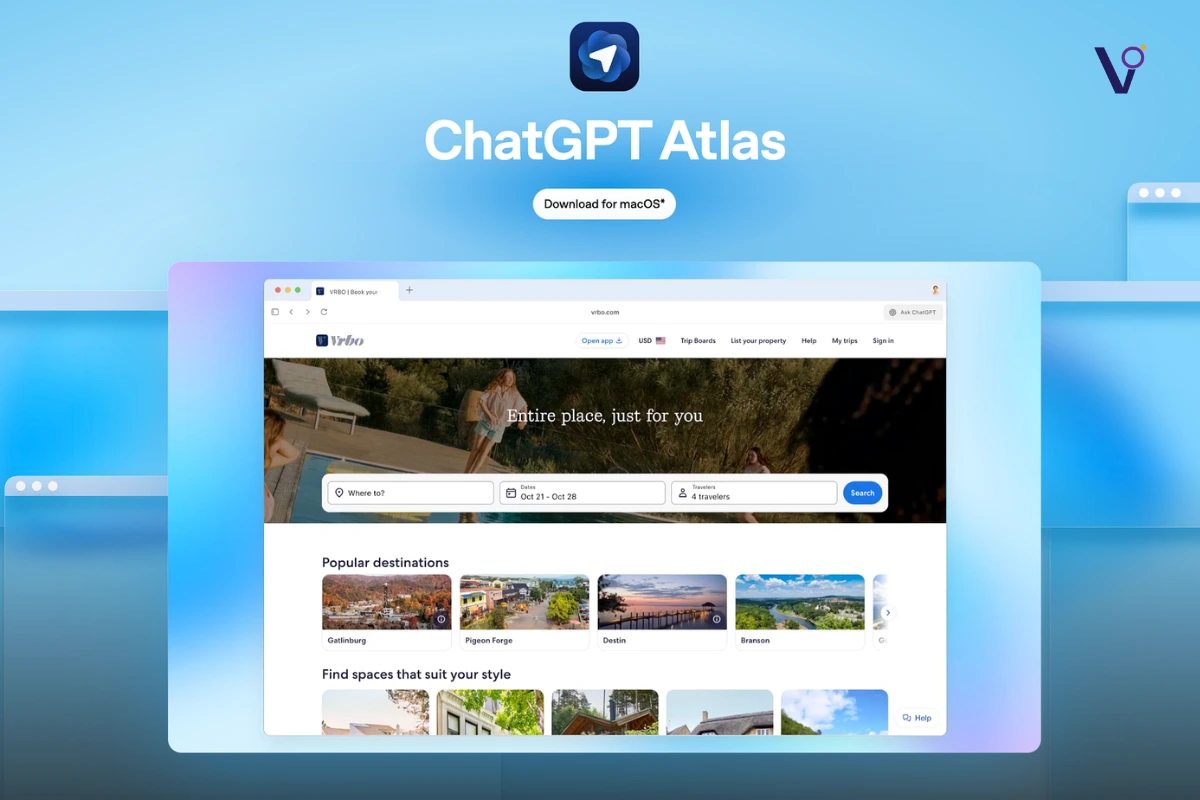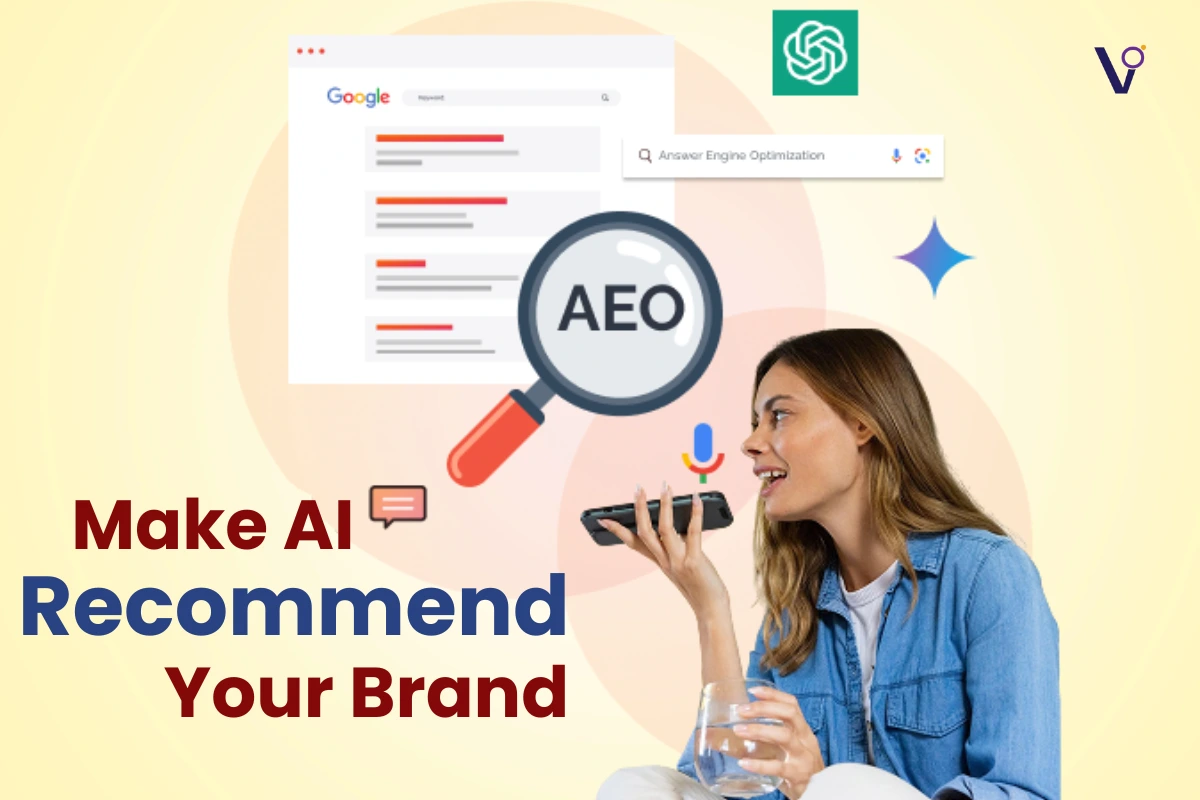We all have seen it, didn’t we? The Stanley Cup—those trendy, slick tumblers seem to be everywhere on social media. You probably considered getting one of your own, especially since you have seen all your favourite creators drinking from them. But there is a reason why those cups are in such demand, and people will pay a premium for them. This is where Stanley has connected with the art of influencer marketing and branding.
Is Influencer Marketing Dead?
Influencer marketing is not dead but has evolved in every way possible. Stanley did not push influencers directly for the advertisement of the product. Instead, they gave creators the platform to merge their lives with the product in the most subtle way possible, organic. No more attention-seeking, flash-in-the-pan sort of marketing. It becomes part of your audience’s very culture, in every sense of that word.
Check this reel: https://www.instagram.com/reel/DA_ZJW_RuQW/?igsh=MXB5cXE5anhwZ3ZlcA%3D%3D
Take a moment and think, How many times have you been seeing your favorite creator haphazardly showing off their Stanley Cup? Maybe it’s in the background of the image, but it’s seen—sitting on their counter or peeking through their bag. The cup is just part of their lives, not a paid endorsement. This is what makes it powerful.
This is called Social Identity Theory of branding. In other words, Stanley is not selling a cup; they are selling an identity. The association of their product with creators who share the same vibe or aesthetic tapped into something much more powerful than traditional advertising. The brand has aligned as a necessity in one’s day-to-day life. It has become something consumers want to define as a part of their identity.

What’s the Future of Influencer Marketing?
So, how does this look for the future of influencer marketing? It’s not dead, but it has shifted. And the new wave of the next influencer marketing revolves around subtlety and organic integration. It no longer pushes a message onto you; instead, like the case of Stanley, which let the consumers define the value in the product in their life, when a brand connects itself with a community in that fashion, it is selling itself into the culture rather than a product.
If it is still hard to be sure of the might of influencer marketing, just ask yourself, Why do you want to purchase that Stanley cup? It’s not about the tumbler alone but the culture of life.
Influencer marketing or UGC?
Now when we say influencer marketing is evolving, we mean it is no longer limited to brands paying hefty amounts to influencers to promote one’s products. We are talking about the most effective, cheapest, and growing marketing strategy, user-generated content (UGC).
Imagine this: You just received a product you had ordered. It could be anything, from skincare products to sneakers—ANYTHING. You take a picture and post about how much you love it, tagging the brand. Now when you do that, your friends and family are half-way convinced in buying it without even having a look at the product because they have their results. Now, that brand—without spending a single penny on traditional ads—has just turned you into one of their brand ambassadors.

This is the magic of User-Generated Content, and it’s revolutionizing influencer marketing.
How Gymshark is Winning Big Without Spending Big
Let’s consider Gymshark, the billion-pound valuation brand, as an example. Gymshark did not grow through the millions spent on traditional advertisements. They leveraged the power of UGC. It encouraged their customers to share their fitness journey through Gymshark products. They built an enormous community of real people advocating for the brand. They didn’t pay hefty amounts to famous influencers who have a top-tier online presence. Their customers become their brand ambassadors, creating content that was authetic and more likely to sell because their friends and families trust their words more than what a brand tells them.
https://www.instagram.com/reel/C7NH-NZvFLZ/?igsh=cHdsZXV5ZXU3bnB6
And it only gets better. Brands can encourage the creation of UGCs by rewarding, discounting, or even featuring it on the brand’s social media page. The best part is that this requires very little budget. You do not need to spend lakhs on your traditional marketing campaign. Instead, you empower your customers to become part of your brand’s story, and in turn, they influence their friends, family, and followers to buy your products too.
UGC is a win-win for brands because you are getting original content of your product in a real-life scenario and making the customer feel important by being regarded as part of the community. They’re not mere consumers; they’re contributors. They become part of the brand’s journey, which makes a one-time purchaser into a lifelong advocate.
Key Takeaways:
- Cost-Effective Marketing: UGC does not require expensive ads or influencer partnerships, which makes it an ideal strategy for brands that want to market on a budget.
- Authenticity Matters: People believe real, relatable content. When customers share their experiences with a product, it feels more genuine than a polished, paid ad.
- Community Building: UGC has allowed brands like Gymshark to create strong, loyal communities. It is no longer about selling products; it is more about the culture and the value it adds to one’s lifestyle.
- Customer as Brand Ambassador: Through UGC, your customers become your most influential brand ambassadors. This does not only ensure brand visibility but also increases the conversion rate of your sales.
- Incentivization Drives Engagement: Offering discounts, shout-outs, or even exclusive content drives customers into creating UGC, giving them a feeling of importance and involvement in the brand’s growth.
UGC is no trend; it’s the future of branding. It’s about making your customers into your advocates, giving them a voice to share their experiences, and letting them influence others organically. Where consumers value authenticity, it gives an unmatched way of creating real connections and driving sales. Brands like Gymshark have proven that it works; why not let your customers do the talking for you?
UGC enhances brand credibility by showcasing real customer experiences. It builds trust, fosters community engagement, and helps brands connect with their audience in a genuine and relatable way.
Yes! Incentivize customers with rewards, discounts, or social media recognition to encourage them to share content related to your brand, turning them into ambassadors for your products.
Absolutely! UGC reduces the need for expensive advertising campaigns, relying instead on your customers to create content. This approach is both budget-friendly and highly impactful.
By involving customers in your brand’s story, UGC fosters a sense of belonging, turning buyers into passionate advocates who feel personally connected to the brand.



